Last Updated on November 21, 2022
In this post we are going to discuss why cars with manual transmissions sometimes have problems when it comes to shifting. The symptoms of a manual transmission that’s hard to shift can almost always be narrowed down to a problem with the clutch or transmission.
Note that if your car is only a bit harder to shift when the weather gets cold, you may not even have an issue as gear oil thickens up as temperatures drop. This is normal but changing to a different brand (or even viscosity) may help. But keep reading to make sure.
Top 6 Causes of a Difficult to Shift Manual Transmission
When your stick shift transmission is gradually becoming harder to shift or all of a sudden becomes more difficult to shift into gears, the reason will almost positively be one of the following.
#1 – Clutch System
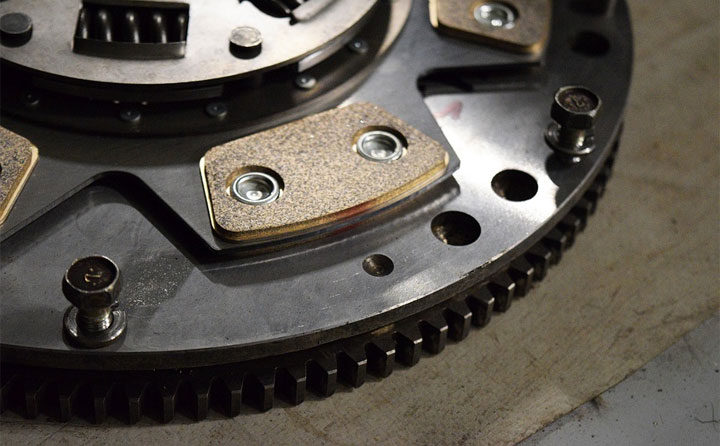
The clutch system of a vehicle is responsible for disengaging and engaging power to the transmission while in between the flywheel of the engine. There are 6 main parts of a clutch system:
- Clutch master cylinder
- Release cylinder
- Clutch cover
- Clutch disc
- Release bearing
- Clutch release fork
The clutch disc and input shaft transmission are engaged together. And the clutch cover is connected to the engine’s flywheel.
When you push down on the clutch pedal, the pressure will transmit to the clutch master cylinder which pushes the release cylinder then pushes the release fork to disengage between the clutch cover and clutch disc. At this point, your car is in Neutral.
This means that at that moment the engine spin (power) does not transmit to the transmission. This allows you to easily change gears with a manual shift stick. However, if the clutch master cylinder or release cylinder is damaged or leaks, it will make it harder to shift gears.
This can happen because if the master cylinder or release cylinder is damaged or leaks, it can cause loss of fluid pressure which can make the clutch not disengage properly.
If the clutch and engine do not properly disengage, the manual transmission will be hard to shift into any gear, or even not be able to shift at all.
See Also: 6 Symptoms of a Slipping Clutch
#2 – Synchronizer Ring
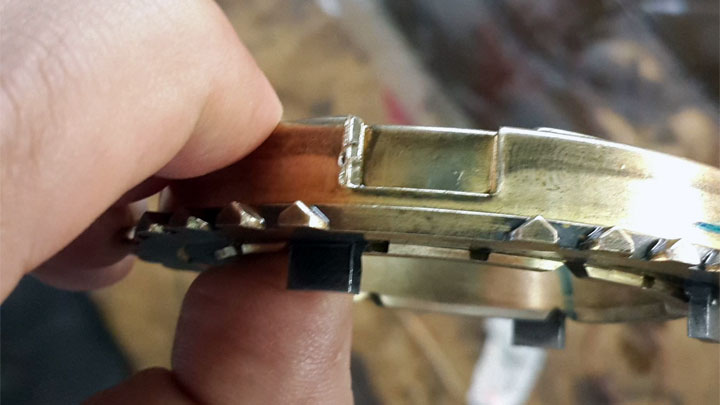
The purpose of the synchronizer or synchro ring is to effortlessly engage the gear. The ring is made up of small teeth which allow it to smoothly be engaged by the hub sleeve and then into the main gear.
If the synchronizer ring were to get damaged or malfunction in some way, it would be difficult to shift the transmission.
#3 – Gears
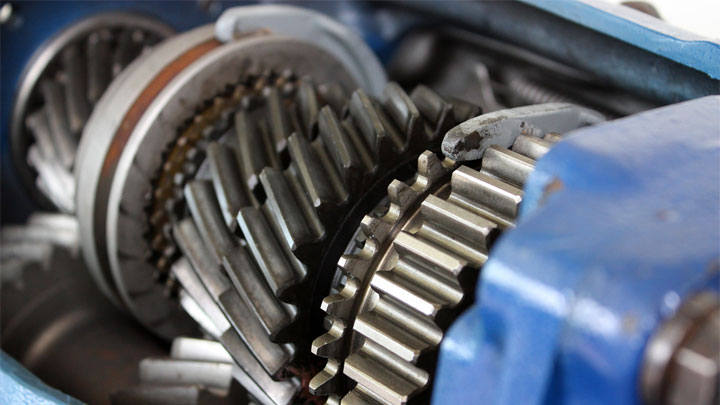
The manual transmission systems’ main component is the gear, which is made up of the counter gear, reverse gear, 1st gear, 2nd gear, 3rd gear, 4th gear, 5th gear, and sometimes 6th gear and more. Each gear has 2 teeth that are small and big.
The purpose of the smaller teeth is to accept the hub sleeve’s engagement with the synchronizer ring. If these small teeth were to become damaged or worn out, it would be difficult to shift the transmission.
And when a gear is shifted, the function of the bigger teeth is to engage the spinning counter gear which sends a transmission to the output shaft. If the big teeth are damaged or worn out, the transmission will make noise.
See Also: Causes of a Car That Won’t Go Into Reverse
#4 – Hub Gear
Between two different gears, there is a hub gear that engages them. For example, the hub gear goes between the first gear and second gear, and it goes between third gear and fourth gear. It is really like a bridge between these gears.
Since the hub gear is connected to the transmission shaft, it cannot be turned freely. A damaged or worn out hub gear will create problems when it comes to shifting your manual transmission.
#5 – Hub Sleeve
The hub sleeve engages the main gears from the hub gear. Depending on the location in which the gear shifts, the hub sleeve can also move to the right and left. The hub gear is like the deliverer of the engagement that lies between the main gear and the hub gear.
There are small teeth on the hub gear that will synchronize with the teeth of the synchro ring as a gear shift takes place in the transmission. But if the hub sleeve were to get damaged or worn out, it would be difficult to shift the transmission.
#6 – Not Enough Gear Oil

Gear oil, as opposed to transmission fluid for automatic transmissions, is what lubricates the gears of a manual gearbox. It is considered high viscosity (thick) since it has to put up with extreme heat.
If your transmission is leaking oil or even if you do not change it periodically, you will have low oil in the gear. Once this happens, it will eventually become harder to shift it and ultimately, damage to your transmission will result.
In addition, you may hear strange noises from your gearbox or poor vehicle performance.
See Also: How to Identify What Transmission You Have
Conclusion
Ok, so now you know the 6 common causes of a manual transmission being hard to shift. The reasons above most often occur with high mileage cars and trucks and some years and models are particularly susceptible to hard shifting issues.
If you’re curious and want to know how exactly a manual transmission works, check out the video below:

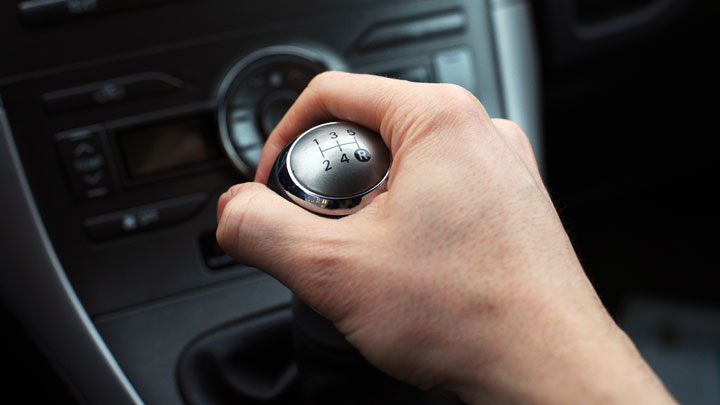
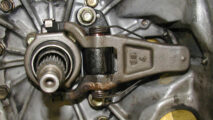
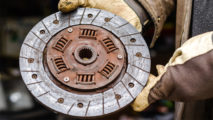
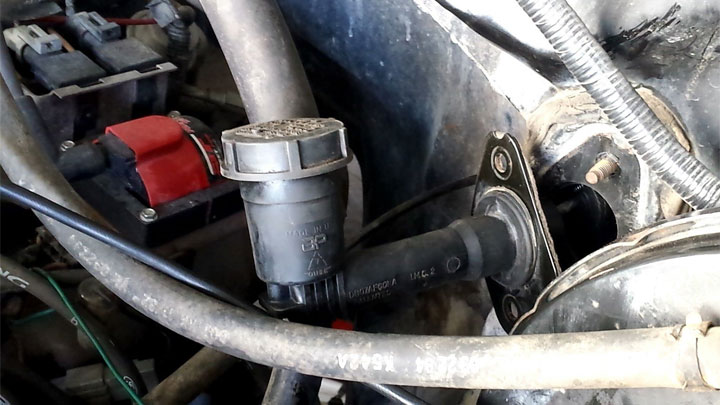
Folks need to consider that “all” or “part” or “none” of the Causes of their Auto-Transmission or Manual-Transmission [ incl. dedicated Clutch System ] could be :
1_
the physical condition of the Hydraulic Lines
2_
Flow through the Hydraulic Lines could be restricted by :
2_1_
debris [ e.g. O-Ring debris ]
2_2_
corrosion [ e.g.s corrosion of the Hydraulic Lines themselves, &/or corrosion originating within Master Cylinder assembly &/or Slave Cylinder assembly ]
2_3_
it being pinched by some part in Engine Bay or beyond
This issue has been ongoing for over 4 years! No one can solve it.
5 speed manual transmission on a Toyota Tacoma 4WD.
In Winter when very cold outside, and also anytime of the year the truck sits for over 2 days without driving.
The gear shifter is very stiff and hard to shift. All gears. Sometimes near impossible to force it into first. Or get it into reverse.
Odd thing is how sporadic it is. Truck will shift fine for a year without incident then act up. Then clear up. Then act up again. No rhyme or reason. Always shifts perfect when I take it to a mechanic, of course! What is wrong?
Oh, don’t say fliud, unless 3 different mechanics are lying to me, it is fine, and has been resently been changed.
Don’t worry, I wasn’t going to. I suspect there’s an issue with the shifter linkage maybe, but I would also check the clutch pedal adjustment to make sure you are fully disengaging the clutch each time. I’m not sure what temperature has to do with it.